Another side to theatre land, London
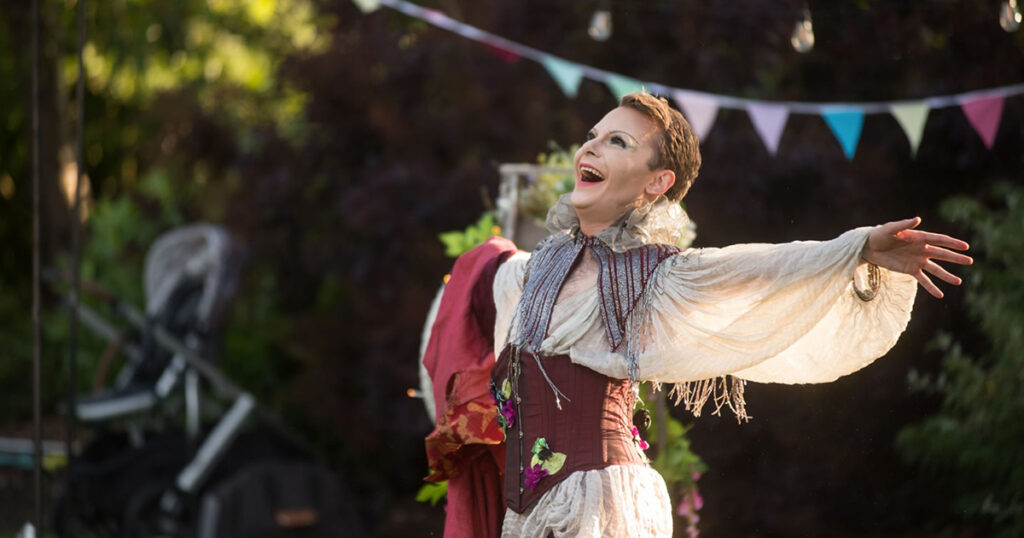
Discovering London’s Theatre Land from a New Perspective With berrys Coaches
Whilst London is world famous for its West End stage productions it also has a rich tradition in music halls, outdoor venues and much smaller pub theatres.
Open air theatre has become very popular in recent years and this summer there will be plenty of opportunities to enjoy performances in parks and open spaces around the capital.
The Enormous Crocodile is on in Regents Park until June 7th and is a co-production with Leeds Playhouse.
The Globe Theatre on the South Bank has a number of productions planned throughout the summer including Richard III. A visit to the Globe is a unique experience and one that shouldn’t be missed. The original theatre was built in 1599 and burnt down in 1613. It was then reconstructed in 1614 but demolished in 1644. The modern version which was built just 230 metres from the original site was opened in 1997. Partly open air a visit here is quite unique.
A company known as Shakespeare will be performing around the squares of London during the summer including Camden Square, Kensington Garden Square and St James Square.
Shakespeare in the Squares is a not-for-profit touring theatre company that stages a Shakespeare play in London Garden squares for one night in each venue every summer. Working with local organisations the productions are designed to create a unique community celebration around the play.
Their aim is to provide a showcase for talented young practitioners and to introduce audiences to the stars of the future. They pay the actors Equity rates, and the productions are both exciting and of the highest professional standard. Productions are funded through a combination of ticket sales, grants and sponsorship from local businesses and organisations.
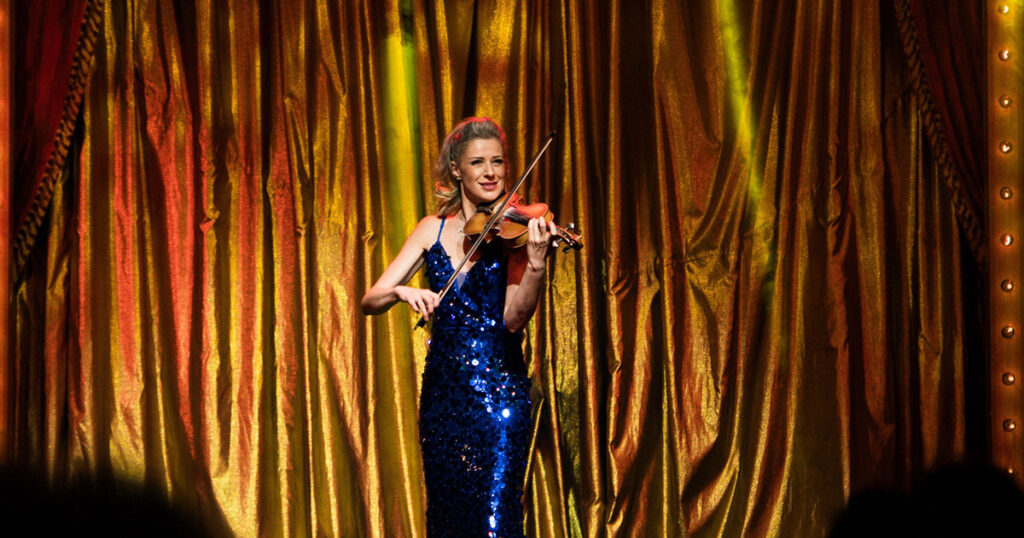
London has always had a tradition of musical halls which have their origins in London during the 18th century. The entertainment scene in London at this time was becoming very popular in the new saloons and bars and one of the first major music halls was The Canterbury built along the Westminster Bridge Road by Charles Morton. Known later on as the father of the music halls it was constructed next to his public house the Canterbury Tavern. It opened in 1852.
Another Wilton’s Music Hall in Graces Alley was opened in 1859. Originally created to bring the West End to the East End it has always provided a great entertainment centre for the working population in the area. Since it opened it has been used as a Methodist Mission and today provides theatre and social events throughout the year.
In 1877 a serious fire did a lot of damage to the building, but it was rebuilt almost immediately. It closed its doors in 1878 however today it is a thriving centre and well worth investigating. In recent months they have been working with the Players Theatre and putting on a Victorian music hall event.
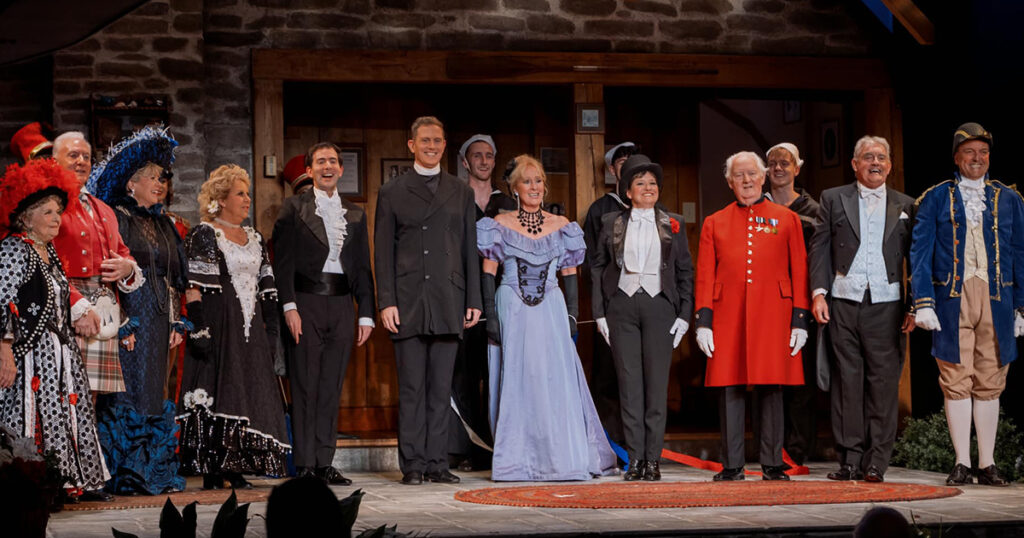
One of the most famous music halls in the capital The Players Theatre unfortunately had to leave its space under Charing Cross Station in 2002 after operating there for over 66 years. Today they perform around London in various locations which can be found on the website. Started back in 1936 many well-known performers have been associated with them.
Brick Lane Music Hall again in the East End of London is now rehoused in Silvertown. Established to keep the music hall tradition alive is generally considered to be a modern-day music hall and has hosted a number of stars during its life including Barbara Windsor and Danny La Rue. It is said it was here that Barbara first met the producer of Eastenders.
Free open-air performances are also evident in venues such as Covent Garden where you can see actors, singers, magicians and jugglers.
Whilst London has its major theatre scene there are still plenty of smaller intimate spaces.
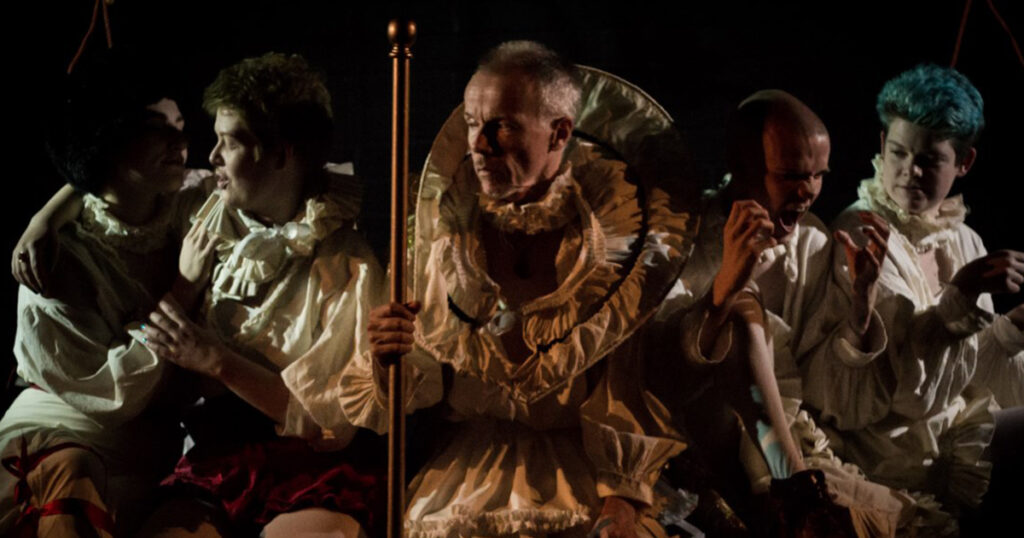
A short stroll from Mornington Crescent Tube station, Camden’s Theatro Technis is one of these. A former church house, the venue has really high ceilings and a more spacious feel than many of the smaller fringe theatres.
Founded in 1957 by a group of Greek Cypriot actors whose first base was a Camden Garage. In the early 1970s the group moved to a former railway shed near King’s Cross before moving to their current location on Crowndale Road.
The second more unusual venue is the Red Hedgehog. Hidden away along the Archway Road it is what can best be described as shabby chic and includes a mixture of theatre and music. It has become known for its eclectic charm, bohemian style and unusual events. Often theatres can be found in spaces above or below public houses or bars. One such venue is the Hen and Chickens Theatre Bar which seats only 54 people and is opposite Highbury and Islington Tube Station. A great place for comedy shows Jenny Eclair is known to have tried out some of her jokes above the pub prior to her tours. As well as comedy they also have a number of theatrical performance and are often used by performers before they move onto the Edinburgh Fringe
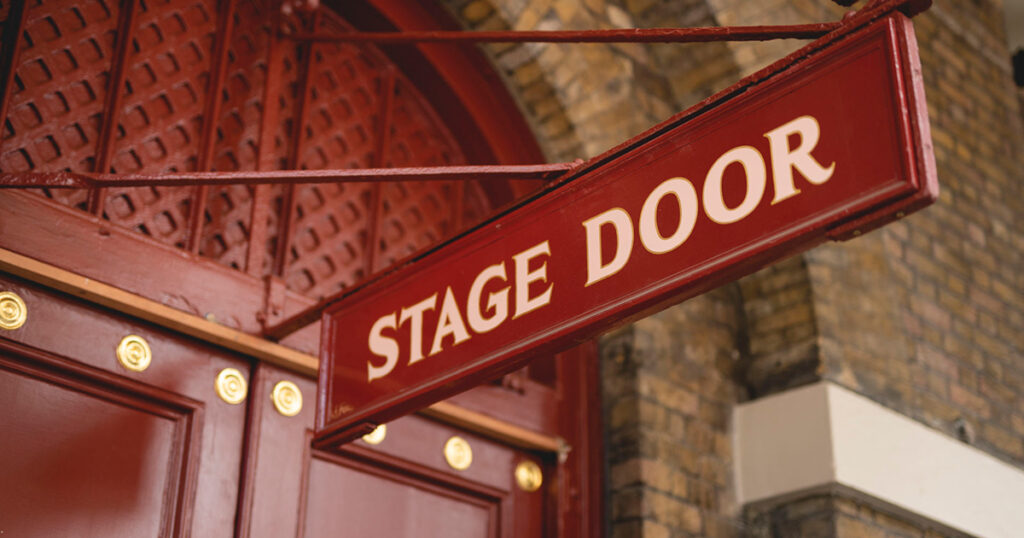
Another theatre not far from Hammersmith can be found in a basement below West London’s The Curtains Up pub. A 57-seater venue it specialises in short-run plays and afternoon magic shows. Recent productions have also included Dostoyevsky’s Crime and Punishment and Hardy’s Tess of the d’Urbervilles, and other new works. The seats surround a tiny stage on three sides underneath three rounded stone archways The Curtain Up pub can be found in Barons Court and provides an intimate and enveloping theatre experience. Just a few minutes by tube and close to South Kensington and Barons Court tube stations the theatre was started back in 1991.
The oldest theatre in London is the Theatre Royal in Drury Lane. This location is said to have been linked with entertainment from 1663. Well worth visiting for its historical connections it can easily be reached by tube from Hammersmith.
Quirky Fact: It is said that The Globe Theatre burnt down in 1613 when a special effect went wrong. A cannon being used for a performance of Henry VIII set light to the thatched roof and the fire quickly spread, taking probably less than two hours to burn down the entire building.


